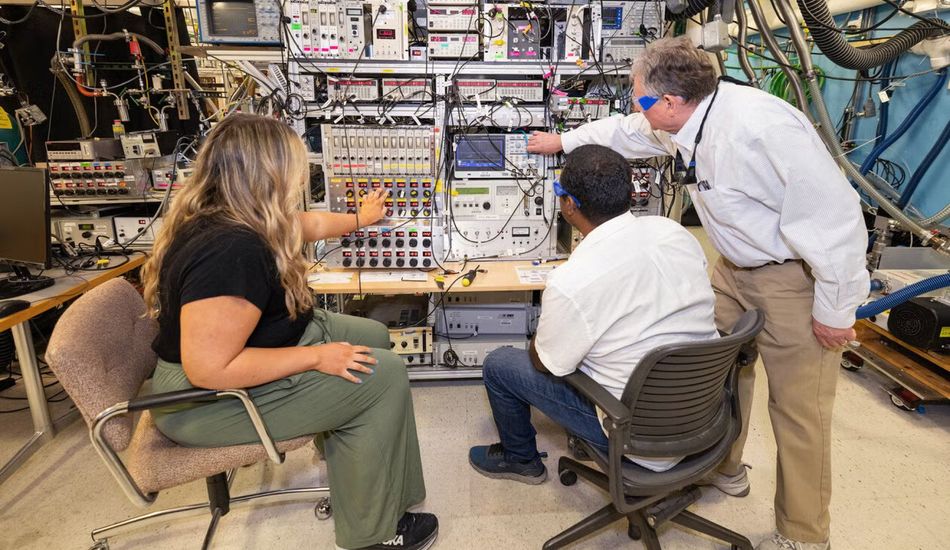
Scientists Finally ‘See’ a Proton Moving Through Water
For ages, scientists have understood that water conducts positive charge via protons. However, actually observing this process has remained elusive – until recently. Researchers at Yale have finally developed a way to track and "see" a proton's journey through water, as reported in a recent Science paper. It's a pretty big deal because, despite knowing this phenomenon exists, directly confirming it has been a challenge.
The team used a massive, custom-built 30-foot mass spectrometer, which took years to perfect. This device allowed them to measure how fast protons travel through a cluster of six water molecules. According to Mark Johnson, the study's senior author, they've essentially created a system where protons have nowhere to hide, allowing for detailed observation.
It's amazing how many things in science we know to be true but haven't directly observed. For example, protons in water are crucial in everything from eyesight to energy storage and even rocket fuel. But because protons are incredibly tiny and behave according to quantum mechanics, tracking them is incredibly tough. As Johnson puts it, they don't stay put long enough for easy observation. They hop from molecule to molecule, conducting charge through a sort of atomic-scale relay.
How They Did It
To actually see this happening, the team used 4-aminobenzoic acid, an organic molecule with two possible spots for an extra proton. These spots absorb different colors of light, making them distinguishable. The researchers attached these molecules to the six water molecules, creating a setup where protons can only move between the two spots by "hitching a ride" on a water network "taxi," according to Payten Harville, a postdoctoral student at Yale.
When protons hop onto this "taxi," the specialized mass spectrometer analyzes each reaction destructively ten times a second using carefully timed lasers. It's like taking snapshots of the proton's journey, though they haven't yet captured the intermediate steps.
While the experiment doesn't show every single step of the proton's journey, it sets clear parameters for theorists to create accurate chemical simulations. If this technology can be expanded, it could significantly improve the precision of experiments in fundamental chemistry. Considering it's taken science two centuries to get here, a little more time to refine this method seems a worthwhile investment. Imagine the possibilities! This could revolutionize how we understand chemical reactions and energy transfer.
Source: Gizmodo